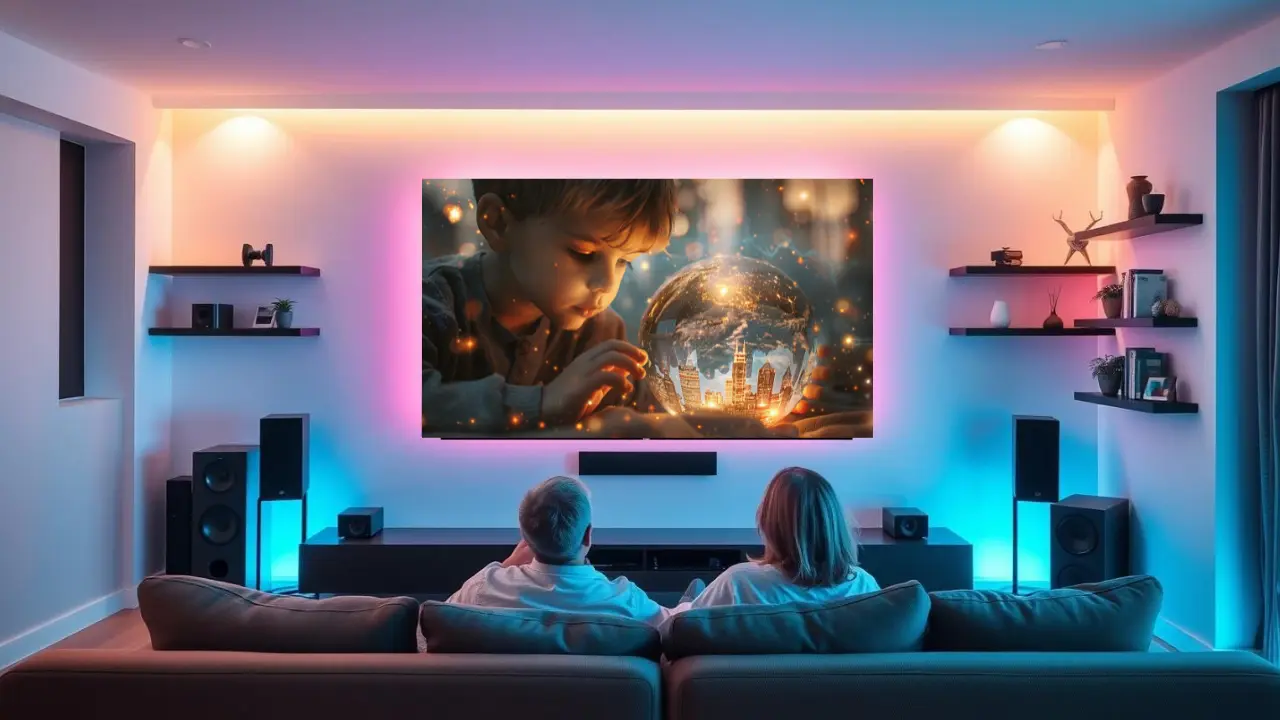What if we’ve been designing homes around function, but not around feeling?
Most houses are built with floor plans. But the real blueprint of a home?
It’s emotional.
That’s what Sitaare Zameen Par forces us to confront.
It isn’t just a film. It’s a mirror. One that shows us how fragile, fluid, and fundamentally emotional family life really is, and how most of our homes aren’t built to hold it.
Not yet.
The invisible architecture of emotion
You won’t find it in brochures.
But every Indian home runs on emotional infrastructure.
- It’s the way a mother learns her child’s unspoken signals.
- The way a grandparent adjusts the volume when the little one naps.
- The way a fridge gets opened 17 times in one hour, because food isn’t just food, it’s comfort, it’s connection.
Emotion is the real electricity in our homes.
And until recently, our appliances weren’t built to flow with it.
A movie reminded us: Care is not decoration. It’s design.
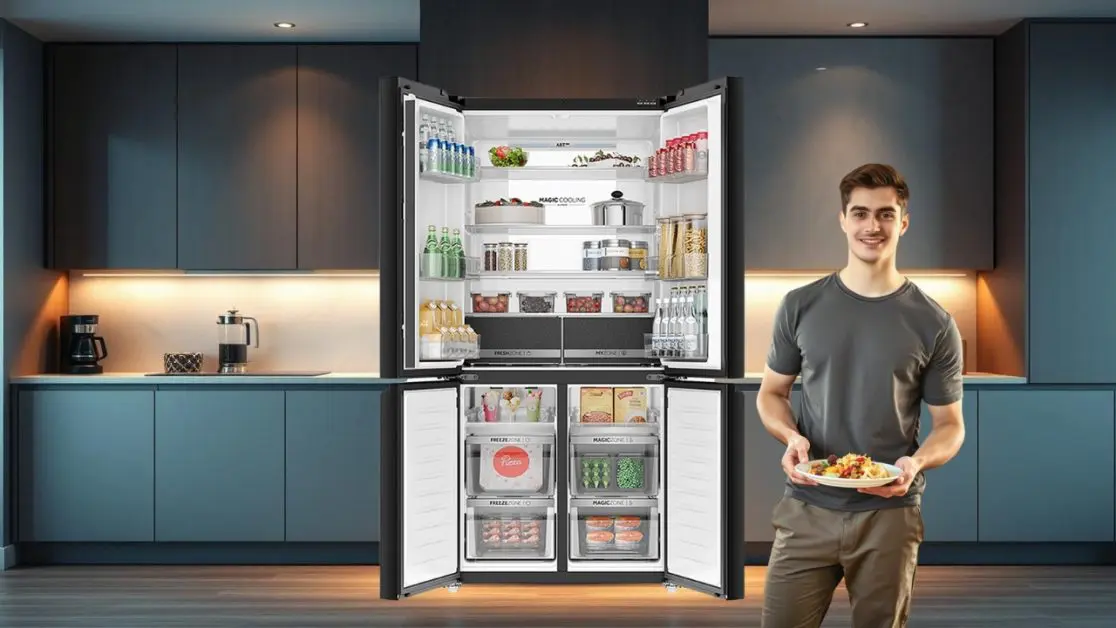
What Sitaare Zameen Par did was simple, but seismic.
- It reframed care.
- From something you feel
- To something you build around.
Because when a home doesn’t respond to emotion, it resists it.
And that resistance shows up everywhere:
- When an AC blasts cold air regardless of who’s in the room.
- When a fridge treats every shelf the same, even though no two family members eat the same way.
- When a TV blares at the same pitch, ignoring who’s watching, a child with sensory needs or a grandparent who prefers soft light.
That’s not just an inconvenience.
That’s emotional dissonance.
So what does emotional design look like at home?
Let’s get practical. Because good emotion-driven design isn’t poetic.
It’s systematic.
It’s about appliances that notice patterns, learn preferences, and adapt quietly.
Like:
ACs that sense seasonal moods, not just temperature shifts.
The AI Smart Gravity Series does exactly that. It adjusts its operation based on humidity, occupancy, and user patterns, without constant remote clicks.
Refrigerators that flex between freezer and fridge, because life isn’t fixed.
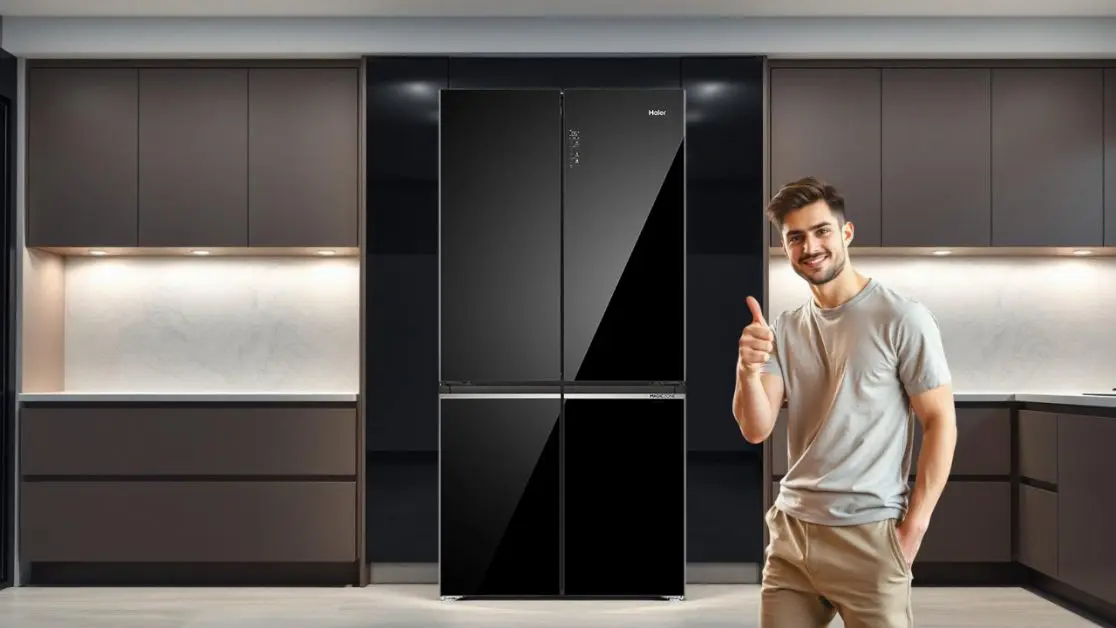
The Lumiere Convertible Refrigerator gives families control over space allocation. One week it’s extra ice cream for guests. Next week, it’s extra veggies for health goals. It bends to your season.
TVs that tune themselves to emotion, not just signal.
OLED with Dolby Vision IQ adapts visuals and brightness to the content and the room. A quiet scene stays soft. A family comedy pops without being harsh.
This isn’t futurism.
It’s emotion-engineered domesticity.
Emotion is a pattern. Good design recognizes it.
What we call emotion, joy, anxiety, comfort, overstimulation, isn’t random.
It has structure. Rhythm. Repetition.
Every parent knows the cues:
- A certain cry means hunger.
- That silence? Trouble.
- That late-night fridge peek? Emotional hunger, not physical.
So here’s the question:
If you can see patterns, why shouldn’t your home?
Emotionally intelligent appliances do just that.
They notice what you repeat, and respond to it.
And when that happens, something magical unfolds:
- You feel seen.
- You feel supported.
- You feel less like a system manager, and more like a human being.
Indian homes carry more emotion per square foot than anywhere else.
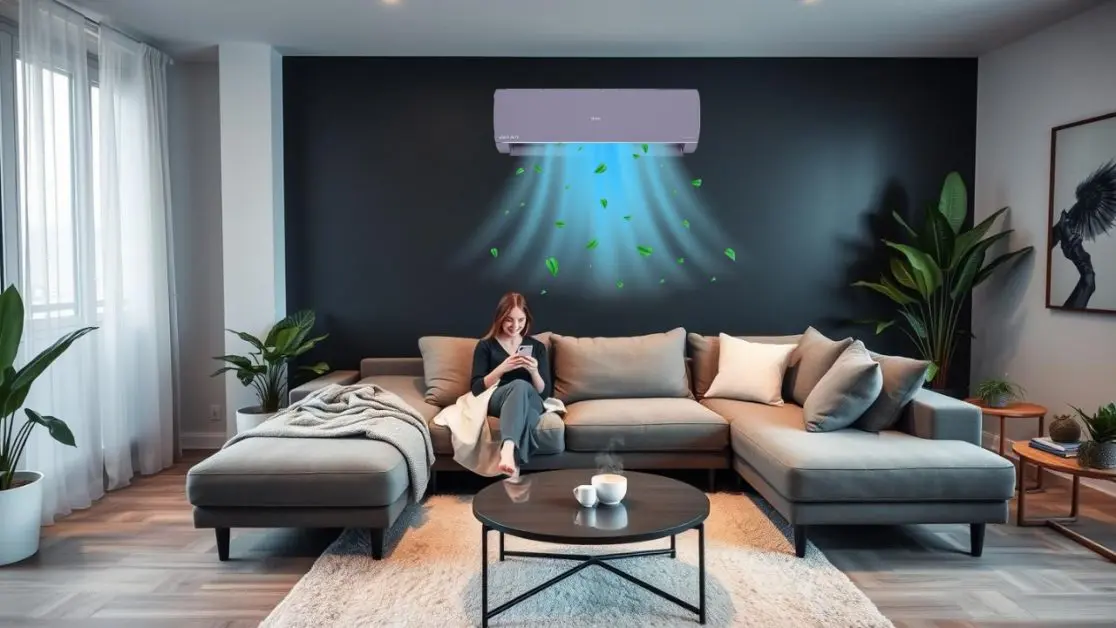
Because we don’t just cohabit.
We co-regulate.
In tier 1 and tier 2 cities especially, space is shared, stories are layered, and roles are fluid.
- One room is a school by day, dining space by night.
- One appliance serves five generations.
- One fridge holds both home remedies and chocolate bars.
Designing for such emotional density requires flexibility.
Not bells and whistles. Not touchscreens for the sake of it.
But sensitivity.
Appliances that understand you don’t need to impress you.
They just need to help you breathe.
Because emotion isn’t just about how something makes you feel.
It’s about how much effort it takes to feel okay.
A fridge that adjusts humidity isn’t just “smart.”
It’s saving you 20 minutes of vegetable spoilage management.
An AC that turns itself off when the room is empty?
It’s not just efficient. It’s emotionally aligned to your absence.
This is the kind of care that doesn’t brag.
It builds trust.
The home of the future isn’t digital. It’s intuitive.
And Sitaare Zameen Par gets that.
It’s not about louder features or flashier settings.
It’s about less friction.
Less fiddling.
Less explaining.
Because when an appliance understands your context, you don’t need to micromanage it.
You get to focus on what actually matters, conversation, connection, calm.
Emotion-led homes lead to better lives
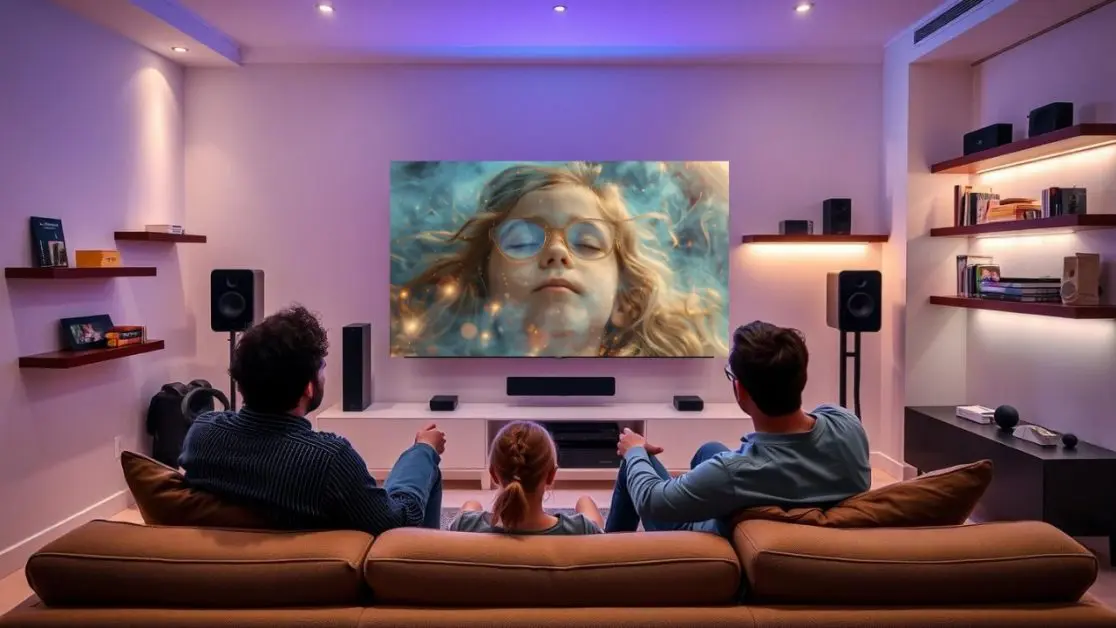
Not because they’re filled with luxury.
But because they’re filled with ease.
A kitchen that’s less chaotic.
A living room that invites downtime.
A bedroom that stays cool and quiet during the monsoon.
These aren’t product benefits.
They’re emotional enablers.
So what’s the takeaway here?
One: Emotion is not soft. It’s structural.
The way we feel drives the way we function.
Two: Your home can be designed to care.
Not through decoration, but through responsive, intelligent appliances.
Three: Haier is not just building products. It’s building co-living systems.
Tools that understand life in India’s real households. Not just ideal ones.
Let’s build homes where emotions don’t need explanation.
Where the fridge knows your family’s rhythm.
Where the AC adjusts for a child’s nap.
Where the TV doesn’t overwhelm, but invites.
That’s not a dream.
That’s design with empathy.
And maybe, just maybe, that’s the kind of home where every star on earth, from toddlers to elders, from working parents to special kids, can truly shine.
Explore Haier’s emotion-first appliance range.
From AI-powered ACs and flexible refrigerators to eye-friendly OLED TVs, Haier is crafting tools for homes that care, not just perform.
Because when you design for emotion, you build for real life.

